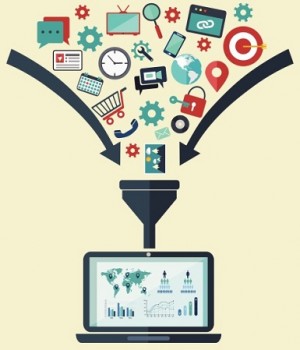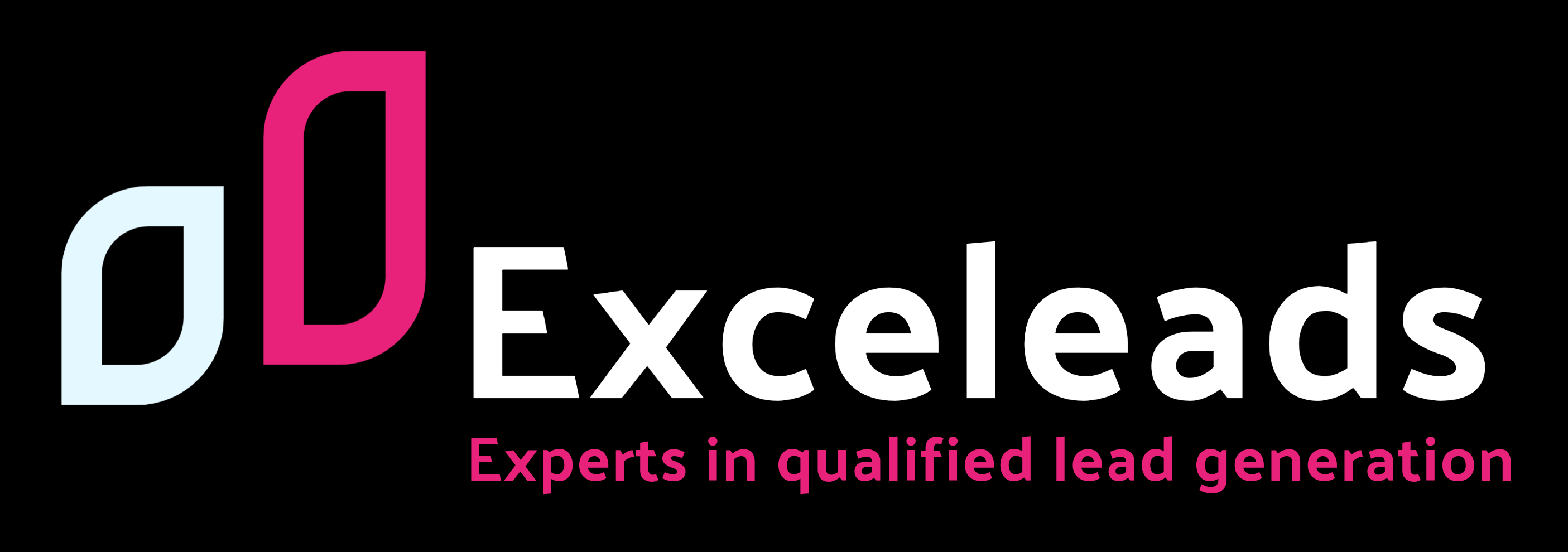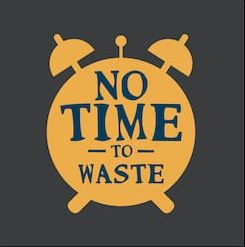
Four ways to optimise the lead generation and qualification
According to a Demand Gen Report Benchmark Study, 73% of marketers say webinars are their most effective tactic for generating qualified leads for their sales funnel. Furthermore, 65% of marketers believe webinars are the most effective way to influence leads in the mid and late stages of their funnel.
Demand Gen’s report clearly indicates that webinars are one of the most important tools for modern businesses to market themselves. And as prospects increasingly self-educate through the buying cycle, webinars have become a primary source of information that buyers turn to before making a purchase decision.
So what are best practices to help you to improve your ability to generate, qualify and nurture leads? Let’s take a look.
1. Use ‘smart forms’ to increase accuracy and conversions
The effectiveness of lead qualification depends on how much information you have about a prospect. One of the primary ways marketers collect prospect data is a registration form. All too often though, marketers require visitors to fill out 10 or more fields, which impacts page abandonment rate and the likelihood that marketers will obtain accurate data. Asking fewer questions will increase data accuracy and registrations, but it obviously provides limited data for your lead qualification process.
Registration “smart forms” address this marketing challenge. Prospects are simply asked four questions: name, title, company and email address. With this basic information, the smart form will dynamically retrieve (from Dunn & Bradstreet, for example) the company address, telephone number, revenue, industry and other relevant profile data, and deliver this information to your webinar platform.
The use of smart forms with your webinars can dramatically improve your registration conversions, data accuracy and, ultimately, your lead quality.
2. Match webinar content to each stage of the buying cycle
To be most effective, webinar content needs to be tailored to the specific objectives of each stage of the buying cycle. Our primary goal is straightforward: identify new prospects and progress them from one stage of the buying process to the next, ultimately moving them to the purchase stage.
And so, the key is to deliver the right type of webinar content at the right time. For instance, while demonstration webinars are appropriate for bottom-of-funnel stages, they don’t work well for top-of-funnel lead generation programs. If designed with the buying cycle in mind, webinars can be an extremely effective method for moving prospects from one stage to the next.
The ability to include related content and social media in a webinar also accelerates movement in the buying cycle, according to the Customer Engagement Survey conducted by IDG Enterprise. The study shows:
- An average of 8 assets are downloaded and used in the decision-making process.
- Prospects are only receptive to related content over a relatively short period of time.
- Decision-makers use social media to discover, share and discuss information.
By including white papers, data sheets, industry blogs, articles or other content, webinars can deliver multiple decision-making assets at one time. And the addition of social media allows prospective buyers to share insights or invite others to join their network from within the webinar.
3. Use interactive webinars to drive engagement
One of the main reasons that webinars successfully influence prospects in the buying cycle is their ability to capture a viewer’s attention for a significant period of time. Sending prospects an email or having them view your website may capture their attention for 30 seconds to a few minutes.
In contrast, an average viewer spends 56 minutes in a live, interactive webinar, according to our benchmark data.
The key to providing more engaging, interactive webinars is to allow attendees to “personalise” their user experience. For example, from within ON24’s Webcast Elite platform, viewers can open and close information panels, access social media, respond to polls/surveys, view complementary resources and network with other participants. Today’s webinars need to provide engaging content and interactive features to keep viewers’ attention and discourage their tendency to multitask.
4. Integrate your webinar and marketing automation platforms
According to Forrester Research, 58 percent of top-performing companies, where marketing contributes more than half of the sales pipeline, have adopted marketing automation. Sophisticated marketing automation tools allow the marketing team to understand the evolving needs and behaviours of prospects, and to do so across all marketing channels.
While webinar analytics are valuable in and of themselves, they become invaluable when delivered to a company’s marketing automation platform. For marketing automation, bigger data leads to greater visibility. By capturing your customers’ webinar activity in your marketing automation platform, you can tailor your email communications, considering every individual’s experience. The result? Your prospects and customers will feel more valued, and a greater number of leads will become sales opportunities.
The combination of webinars and marketing automation tools allow marketers to identify sales-ready leads in real time and follow up with the most qualified prospects immediately. By integrating these platforms, marketers can truly optimise their marketing programs and accelerate prospects through the buying cycle – going from lead to revenue.
Source: http://anthillonline.com


